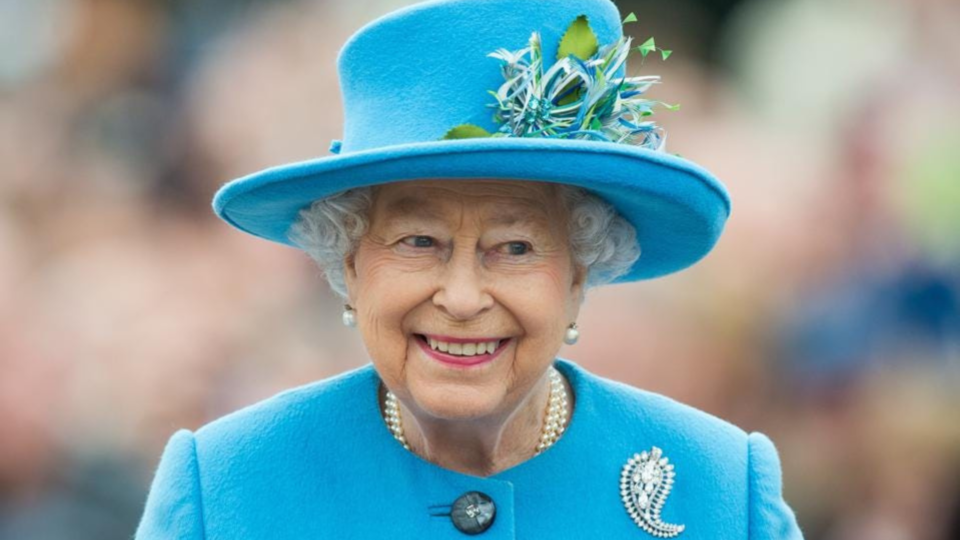Communications Tips From The Accidental Queen: What We Can Learn From Elizabeth II
What a remarkable reign for Queen Elizabeth II, whose 70 years on the throne spanned the development of the polio vaccine and the introduction of the iPhone14.

She’s been called the accidental queen, because she fell into her job at the age of 25, just as the world was rebuilding from World War II. At birth, she was third in line for the throne, but after her uncle abdicated, making her father King George VI, she soon became Queen Elizabeth II after George’s death. She had no choice but to learn one of the most challenging jobs in the world, well, on the job.
Queen Elizabeth II knew her life would be one of service, forging her own path, picking up the skills needed to be the leader of the British monarchy along the way. And while forging this path, she developed some admirable communications skills that we can all learn from.
1. Keep it low.
Let’s start with her voice. Audio from her younger years reveals a high-pitched voice. As she matured and her confidence grew, her voice became stronger and deeper. Studies show that audiences respond better to deeper tones, so when addressing others, find the lower range of your voice to project.
2. Master the game of small talk (and listen to your Mum!)
The queen reigned during the governments of 15 British prime ministers; her rule coincided with 13 U.S. presidents; and she met with leaders from Russia, Germany, France and all over the world. Through these encounters, Elizabeth refined her people skills, always remaining curious and asking questions. It’s what makes people remember you favorably, the queen’s mother advised her. So, take the queen’s mum’s advice: “If you find somebody a bore, the fault lies with you.”
3. Be diplomatic.
Queen Elizabeth II was not looking to make enemies, or waves. She rarely shared her views on political matters, didn’t take sides in policy debates, and kept her opinions private. And she knew when it was OK to get personal. A prime example: When speaking at Gild Hall in London to celebrate her 40th year on the throne, she said the year had been “Annus Horribilis,” referring to family separations, divorce, and a fire at her beloved Windsor Castle.
As a New Yorker, I will never forget her words to America after Sept. 11, 2001: “Grief is the price we pay for love,” she said.
Of course, there are times when it’s perfectly OK to share your opinion or take a stand; just make sure you know your audience well.
4. Watch the clock.
The queen was a stickler for being on time and being prepared. She believed that being late showed a disregard for another person’s time and implied that you think yourself to be more important (even though she probably was!).
Show up early, whether your meeting is in person or virtual. And make sure you do your homework so you are prepared.
5. Control the narrative.
Queen Elizabeth II had scandals to navigate. And over time she became adept at controlling aspects of the story to prevent things from getting too far out of her control. That wasn’t true back when she let time linger for her sister Margaret’s marriage aspirations and for the ultimate divorce between her son, Prince Charles, and his first wife, Princess Diana. Dragging her feet then, perhaps in hopes there might be a happier ending, backfired.
By the time her grandson, Prince Harry, and his wife, Meghan Markle, decided to leave their royal duties, the queen was older, wiser, and seemed to stay above the fray. Her trick? Keep your emotions in check despite the chaos; try not to take sides, but acknowledge and listen to all points of view; be empathetic; and choose your words very carefully. That leaves little room for others to take your story and turn it into something it isn’t.
6. Use your mistakes to get better.
The queen wasn’t perfect. But she was adept at acknowledging mishaps and learning from them. Perhaps the best example was when she stayed at Balmoral Castle in Scotland after Princess Diana’s death. The queen failed to read the mood of her people and was chastised. Fast forward to the woman who became known as the “comforter-in-chief” at moments of crisis like the horrific 2017 Grenfell Tower fire in London, where she and her grandson, William, comforted residents.
Remember: Take the time to understand what you did wrong so the next time you can do it better.
7. Stay current, with a touch of humor.
Just think about how much life changed, and technology evolved, during the queen’s 70-year reign. She understood she could either embrace change or become irrelevant. She chose the former.
The queen tapped out her first tweet in 2014 and pulled off a famous parachuting stunt with Daniel Craig at the 2012 London Olympics. Her longtime dresser, Angela Kelly, said it took five minutes for her royal highness to decide to do the stunt, requesting only that she say the line, “Good Evening Mr. Bond.” And then there was the Jubilee appearance with Paddington Bear, for whom she pulled a marmalade sandwich from her purse.
It’s important to stay relevant and relatable to those with whom you are trying to connect.
And one more bonus tip: Don’t be afraid of color or pattern.
The queen regularly dressed in rainbow hues that commanded attention. She famously said, “If I wore beige, nobody would know who I am.” That is doubtful, but her use of color always communicated a mood for the occasion. Even Vogue reported that, “Her Majesty knows the secret to a good Zoom look. (Hint: It’s all about the print.)”
As one Briton told me on Thursday, Queen Elizabeth II became everyone’s grandmother facing family strife and an aging body. And while she lived a life of pomp and circumstance, she showed signs of real humility. The queen, with a mischievous smile, once said, “Let us not take ourselves too seriously. None of us has a monopoly on wisdom.”
Jane Hanson, Bentley Lewis Advisor
Learn more about Bentley Lewis
